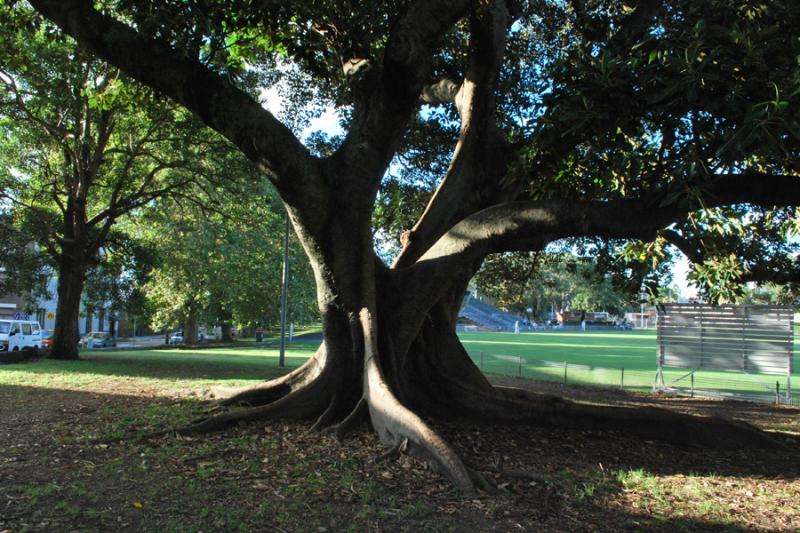Greening cities reduces air pollution

A UTS research collaboration has provided the first experimental evidence that higher levels of urban forestry are associated with lower levels of air pollution, specifically the dangerous fine airborne particles, or particulate matter (PM), that comes largely from motor vehicle exhausts. The research also shows that, although Sydney has generally good air quality, this varies across sites.
Collaborating with the City of Sydney Council, scientists from the Plants and Environmental Quality Research Group conducted a year-long air quality study of 11 Central Sydney sites.
Air pollution is responsible for around 3000 deaths in Australia, 1400 in Sydney, and an estimated three million premature deaths worldwide, each year.
The study's lead author, environmental scientist Peter Irga says the study shows there will be genuine improvements in health outcomes as a result of the council's plan to significantly increase urban vegetation by 2030.
"Up until now we've only had estimates of Sydney's air quality which is, perhaps, surprisingly poorly studied. There are only two routine sampling sites, Rozelle and Randwick, providing data," Mr Irga, a PhD candidate in the School of Life Sciences, says.
"Our results, from a range of sites selected for traffic density, usage and urban forest density, show that the City of Sydney's plan to increase the current canopy cover by 50 per cent over the next 15 years will have a bigger impact on reducing air pollution than would reducing traffic. The fact that, relatively, trees have a bigger impact than traffic was a big surprise," he says.
Project supervisor, Dr Fraser Torpy, says the research results, corrected for traffic density, also provide direction for the effective use of urban greening as a means to reduce airborne PM and improve air quality.
"Additionally, our study shows that plants aren't just plants—grass didn't have a positive impact on air quality at all: it is trees and canopy density that are the important factors in reducing air pollution and particulates" he says.
"Trees and their canopies help with the deposition and dispersal of particulate pollution that cause serious respiratory diseases, such as asthma, and several cancers. Future research could help identify the best types of trees to plant, where to plant them and in what density."
Dr Torpy believes that when applied to other more polluted cities, such as Beijing, the results would be even more significant.
More information: "Does urban forestry have a quantitative effect on ambient air quality in an urban environment?," Atmospheric Environment, Volume 120, November 2015, Pages 173-181, ISSN 1352-2310, dx.doi.org/10.1016/j.atmosenv.2015.08.050
Journal information: Atmospheric Environment
Provided by University of Technology, Sydney


















